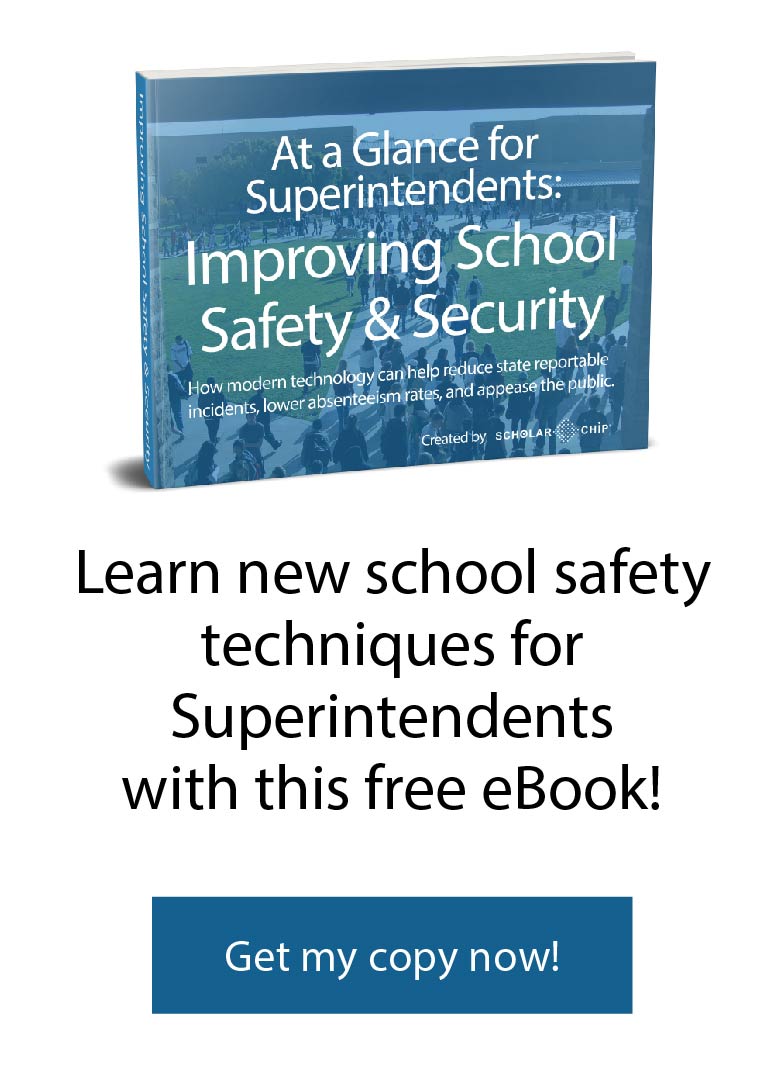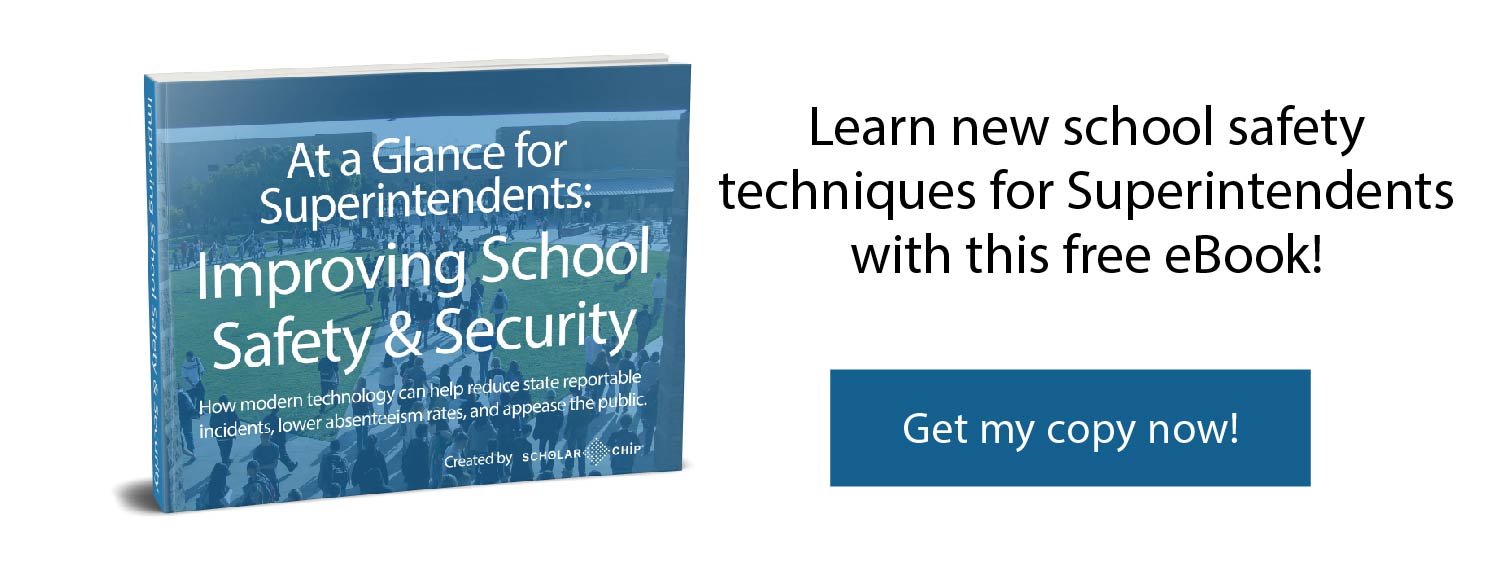School violence is a growing occurrence in today’s schools and remains a concern for students, parents, and staff. As a result, many schools enact hardening protocols to protect and prevent these incidents from happening. Such schools are now looking to putting armed security in place and even having teachers carry firearms. However, in addition to taking on these safeguards due to violence and crime in schools, they can also affect a school’s climate.
Rather than viewing school hardening as the appropriate solution, it is possible to address the problems of behaviors that can potentially lead to violence. There are learning and behavioral methods and technologies available that can help your students, teachers, and principals identify and intervene in student behaviors with the potential to escalate into violence.
These are important to consider before you create your RFP with your school safety system in mind.
Facing Behavior Incidents
As an administrator, you need to maintain a low count of behavioral incidents. You want to:
- Prevent possible incidents from occurring.
- Minimize office referrals of “troubled” students.
- Improve the ongoing success of students.
- Make sure students have high levels of achievement.
- Proactively intervene before behaviors can escalate.
Many of you are thinking about a school safety program with hardening as the primary objective. Hardening can negatively impact school climate and exacerbate student fears, reducing their potential to succeed.
There are methodologies and technologies available that can work hand-in-hand with other forms of school safety practices.
The Value of Social and Emotional Learning (SEL)
Research increasingly suggests that social and emotional learning (SEL) matters a great deal for important life outcomes like success in school, college entry and completion, and job earnings. It also says that SEL can be taught and nurtured in schools so students improve their ability to integrate thinking, emotions, and behavior in ways that lead to positive school and life outcomes.
SEL awareness is rapidly expanding. In the past decade, SEL has emerged as a term for a number of concepts, including non-cognitive development, character education, 21st-century soft skills, and trauma-informed learning and relationships, among others.
SEL involves a framework that works with children’s ability to learn about and manage their own emotions and interactions and teaches:
- Ways that benefit students and others
- How to succeed in school, the workplace, and with relationships
- How to effectively manage emotions and social interactions
- A complex interplay of cognitive skills, like attention
- The ability to solve problems and beliefs about themselves, such as perceptions of competence and autonomy
- Social awareness, including empathy for others and the ability to resolve conflicts
What’s So Great about SEL?
Research shows that SEL can have a positive impact on school climate and promote a host of academic, social, and emotional benefits for students. Durlak, Weissberg et al.’s analysis of 213 studies of SEL in schools indicates that students receiving quality SEL instruction had a number of benefits:
- Better academic performance: Student achievement scores were an average of 11 percentile points higher than students who did not receive SEL instruction
- Improved attitudes and behaviors: There was greater motivation to learn, deeper commitment to school, increased time devoted to schoolwork, and better classroom behavior.
- Fewer negative behaviors: Students showed decreased disruptive class behavior, noncompliance, aggression, delinquent acts, and disciplinary referrals
- Reduced emotional distress: There were fewer reports of student depression, anxiety, stress, and social withdrawal.
However, SEL isn’t something you can just throw together. It requires planning, training, adoption, review, and improvement over time. That said, when it comes to creating your RFP, SEL is a strong contributor to a school safety system that doesn’t go overboard with hardening strategies and should be included as part of your RFP creation.
Behavior Management and Intervention Technologies as a School Safety System
A school safety system can greatly benefit from technologies that address student behavioral issues. ScholarChip’s Alternative Behavior Education (ABE) identifies problems before they can escalate. ABE teaches and rewards good behavior and is used across all age groups and grades.
This innovative program enables teachers, principals, and administrators to identify, monitor, and improve student behavior throughout a student’s career. It provides powerful data-driven reports that quickly flag at-risk students, enabling intervention before a behavior can worsen.
Kelvin Wymbs of the Florence One School District describes his district’s use of ScholarChip ABE: “In December 2015, we had 379 administrative hearings. In 2016, we had 141. That’s a significant decrease—62%—which is attributable to our work with ABE.”
ScholarChip’s technology also incorporates the complete spectrum of behavior and integrates student rewards, interventions, and tracking with PowerSchool®, Infinite Campus, and other popular SIS platforms.
Behavior Management and Interventions for the School Safety System
Choosing a school safety system should never be left to chance. It’s critical to approach your district’s school safety system carefully. Rather than turn your efforts to strictly hardened schools, behavior management and intervention strategies can work in many positive ways. With their many benefits, using SEL and ScholarChip’s ABE technology should be considered when creating your school safety RFP.
To learn more about how ScholarChip’s school safety behavior intervention technology can help your RFP creation, get a free consultation with one of our specialists today!


